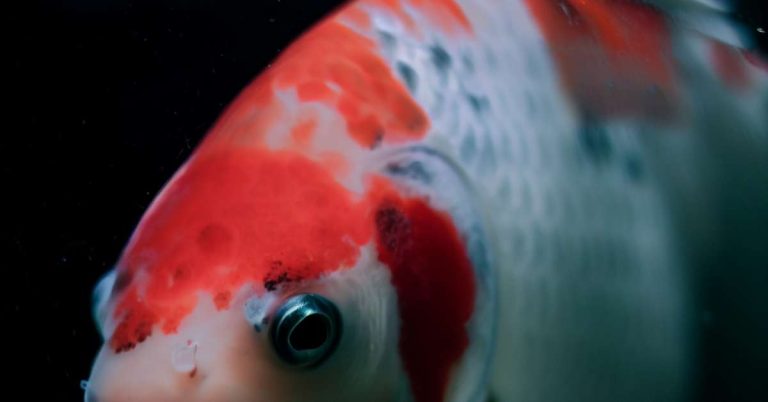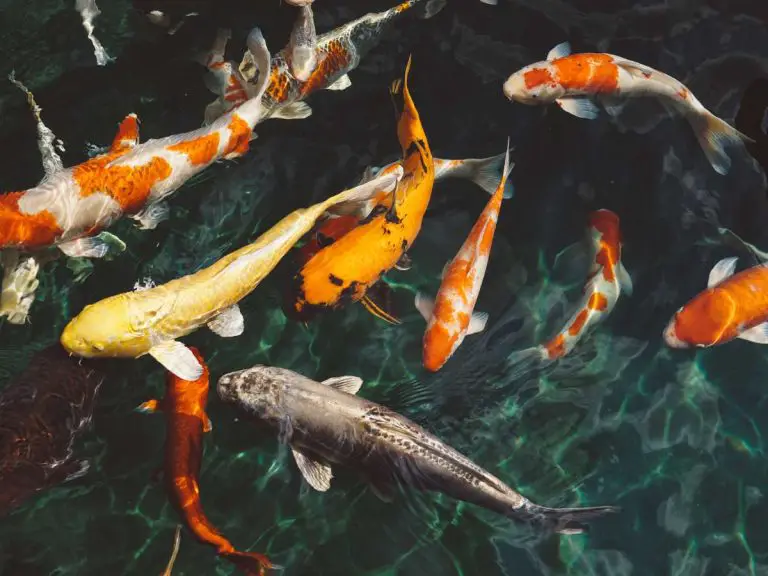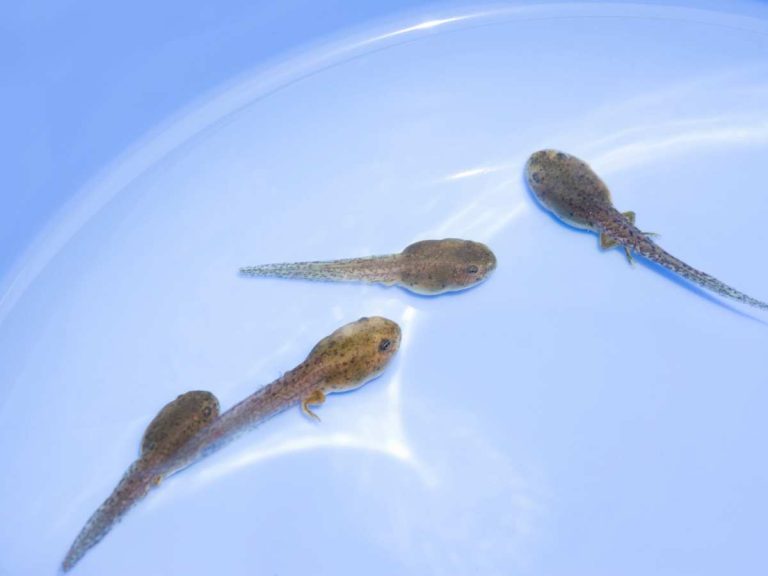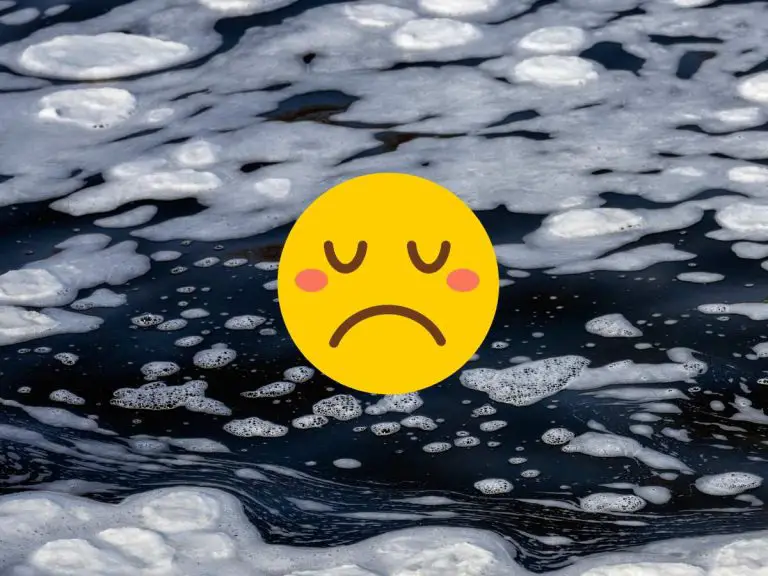How to Treat Koi Flukes: Comprehensive Guide for Effective Treatment
Are your koi fish showing signs of fluke infestations? Don’t worry, we’ve got you covered!
Here’s the scoop: treating koi flukes can be a bit challenging, but it’s not impossible. With the right knowledge and approach, you can get rid of those flukes and ensure the health and well-being of your beloved koi fish.
Ready to become an expert in combating koi flukes? In this article, we’re going to provide you with a comprehensive guide on how to effectively treat koi flukes. So, if you’re wondering what to do when faced with this pesky problem, keep reading for all the information you need!
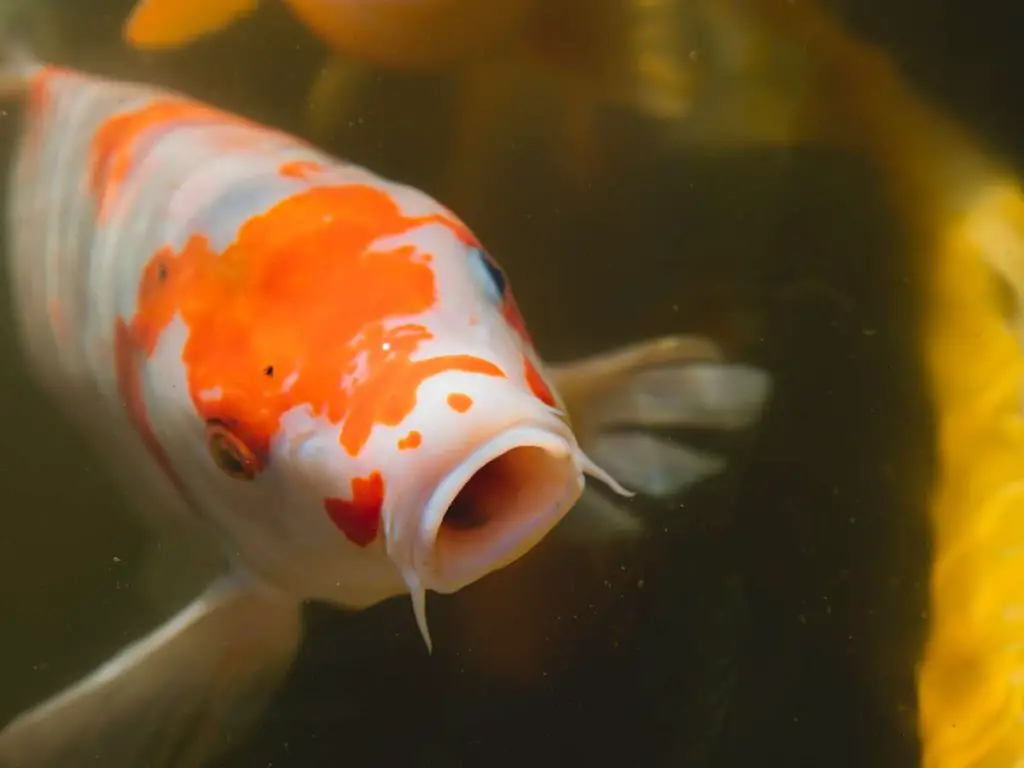
What Are Koi Flukes?
Koi flukes are parasitic flatworms that commonly infest koi fish. These tiny organisms attach themselves to the skin, gills, and fins of koi, causing various health problems. Flukes belong to the Dactylogyridae family, and they thrive in freshwater environments.
Koi fish, with their vibrant colors and graceful movements, are a joy to watch. However, like all living creatures, they are susceptible to health issues, one of which is the pesky koi fish flukes. These tiny parasites can wreak havoc on your beloved fish, but early detection can lead to timely treatment and recovery.
Symptoms of koi fluke infestations
Keeping a vigilant eye on your koi and understanding fluke symptoms can be the key to ensuring their health and happiness. If you suspect a fluke infestation, it’s essential to consult with a fish health professional or veterinarian for appropriate treatment options.
Here’s how you can identify if your koi might be suffering from flukes:
Physical Symptoms to Watch Out For:
- Altered Slime Coat: If your koi’s skin appears to be covered in a white or gray slime, it’s a sign that something’s not right. This slime coat can be the fish’s defense mechanism against irritants.
- Skin and Fin Issues: Redness or irritation on the skin or fins is a clear indication of distress. This could be due to the flukes or secondary bacterial infections they can cause.
- Ulcers and Lesions: Notice any open sores or unusual marks on the body? These ulcers or lesions can be direct results of fluke infestations.
- Mucus Overdrive: An increase in mucus production is another sign that your koi is trying to fend off invaders.
- Flashing Behavior: If your koi is frequently rubbing or “flashing” against objects in the pond, it’s likely trying to rid itself of the irritating flukes.
Behavioral Changes to Note:
- Lethargy: A koi that’s less active than usual or seems to be in a state of inactivity might be feeling the effects of a fluke infestation.
- Appetite Loss: If your usually voracious koi is suddenly turning its nose up at food, it’s a cause for concern.
- Breathing Difficulties: Rapid breathing or gasping for air at the water’s surface indicates respiratory distress, often caused by gill flukes.
- Clamped Fins: Koi that keep their fins close to their bodies, known as “clamped fins,” are signaling discomfort.
- Odd Swimming: Any abnormal swimming patterns, like erratic movements or difficulty maintaining balance, can be attributed to the distress caused by flukes.
Identifying Koi Flukes vs Other Parasites
When it comes to dealing with koi flukes, the first step is to be able to properly identify them, so you can be sure they’re not another type of fish parasite.
One way to identify koi flukes is by examining their shape and size. These microscopic pests have a flat, oval shape and typically measure around 0.1 to 0.3 millimeters in length.
But visual identification alone can be challenging.
That’s why it’s helpful to rely on a reference table that lists the key characteristics of koi flukes. This handy tool can be a lifesaver for any pond enthusiast.
Reference table: Key characteristics of koi flukes
| Characteristic | Description |
|---|---|
| Shape | Flat, oval-shaped |
| Size | 0.1 to 0.3 millimeters |
| Color | Translucent or whitish |
| Motion | Undulating or wriggling motion |
By knowing these key characteristics and referring to a reference table, you can become a pro at identifying koi flukes. This knowledge will empower you to take the necessary steps for treating and preventing their infestations.
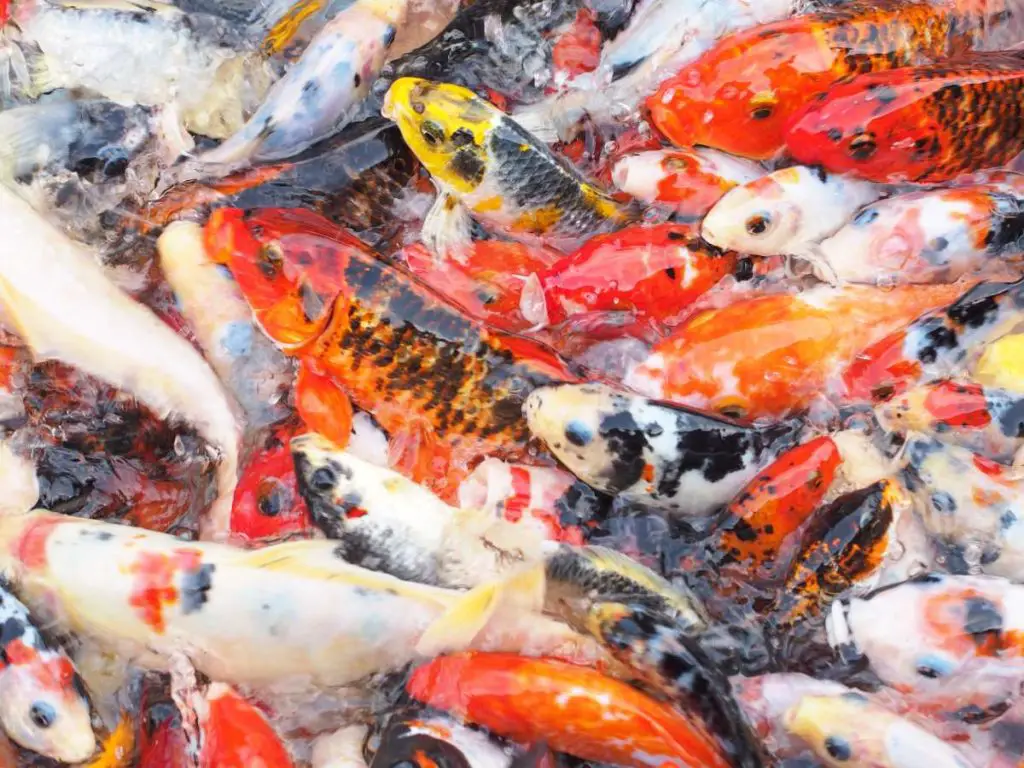
Treating Koi Flukes with Natural Remedies
Treating koi flukes doesn’t always require harsh chemicals or medications; natural remedies can also be effective in certain cases. These remedies not only target the flukes but also promote overall health and well-being.
Three Natural Remedies for Koi Flukes
1. Garlic
Garlic has powerful antimicrobial and antiparasitic properties, making it a fantastic natural remedy for koi flukes. It can be added to the fish’s diet or incorporated into a homemade treatment solution.
Prepare a garlic-infused treatment solution by mincing fresh garlic cloves and steeping them in water for a few hours. Then, strain the solution to remove solid particles.
Add a few drops of the garlic solution to the fish’s food or the pond water, following the recommended dosage guidelines. This will help boost the koi’s immune system and fight off the flukes.
2. Salt Baths: A salt bath can help eliminate koi flukes by creating a hostile environment for the parasites. Simply dissolve non-iodized salt in clean water and immerse the infected koi fish for a specific duration, following recommended guidelines.
For a salt bath, dissolve salt in clean water at a ratio of 0.3% salt to water by weight. Gently place the infected koi in the bath for about 5 minutes, ensuring that the entire body is submerged.
3. Herbal Extracts: Various herbal extracts, such as neem oil, tea tree oil, and clove oil, have proven to be effective in treating koi flukes. You can either add these extracts to the koi’s food or apply them directly to the affected areas.
If using herbal extracts, dilute them with water according to the product instructions. Apply the diluted extract to the fish’s food or directly to the affected areas, such as fins or gills.
Repeat these natural remedies treatment every few days until the koi flukes are eradicated. Monitor the fish’s behavior and response to the treatments to ensure proper healing.
Note: Pond aeration and maintaining good water quality can also go a long way in preventing and treating fluke infestations. However, it’s crucial to consult with a qualified veterinarian or fish health professional before attempting any treatment, natural or otherwise, to ensure it’s appropriate for your specific situation.
Reference Table: Dosage Guidelines for Natural Remedies
| Natural Remedy | Dosage Guidelines |
|---|---|
| Garlic | Add 2-3 drops per 100g of food or 1 teaspoon per 1000 gallons of pond water |
| Salt Baths | Dissolve 3 grams of salt per liter of water |
| Herbal Extracts | Follow product instructions for dilution ratio |
Best Treatment Options for Koi Flukes
When it comes to treating koi flukes, it’s essential to choose the best treatment option for your fish’s health and well-being. There are various methods available, each with their pros and cons. Let’s compare them to help you decide.
Understanding the Severity of the Infestation
Before diving into treatment options, it’s crucial to gauge the severity of the fluke infestation. A mild infestation might only require minimal intervention, while a severe case could necessitate more aggressive treatment. Regularly inspecting your koi for signs of distress and conducting periodic microscopic examinations of the pond water can give you a clearer picture of the infestation’s extent.
Chemical Treatments: Quick but Potent
Chemical treatments, such as praziquantel, are often the go-to for many koi keepers due to their rapid action against flukes. These treatments can quickly eradicate flukes, providing immediate relief to infected koi. However, they can also be harsh on the pond’s ecosystem, potentially harming beneficial bacteria and other aquatic life. It’s essential to follow dosage instructions meticulously and monitor your koi for any adverse reactions.
Natural Remedies: Gentle but Gradual
As mentioned earlier, natural remedies like salt baths and garlic extracts can be effective against koi flukes. These treatments are gentler on the fish and the pond environment. However, they might take longer to show results compared to chemical treatments. Natural remedies are best suited for mild infestations or as a preventive measure.
Maintaining Optimal Pond Conditions
Regardless of the treatment method chosen, maintaining optimal pond conditions is crucial. Clean water, proper filtration, and regular aeration can deter fluke infestations. Healthy water conditions not only prevent flukes but also boost the koi’s immune system, making them less susceptible to various diseases.
Consultation is Key
Lastly, always consult with a koi health expert or veterinarian before starting any treatment. They can provide insights into the best treatment options tailored to your pond’s specific conditions and the health of your koi. Remember, the goal is not just to treat the flukes but to ensure the overall well-being of your prized koi.
With these considerations in mind, you’ll be better equipped to choose the best treatment option for your koi and ensure their long-term health and happiness.
Preventing Koi Fluke Infestations
Koi flukes can pose a significant threat to the health of your beloved koi fish, so understanding the causes of these infestations is crucial in preventing their occurrence. Flukes, or parasites, can often find their way into your pond through infected water sources, such as untreated tap water or contaminated plants and equipment. Inadequate water filtration and poor water quality can also create an environment that is conducive to fluke infestations.
Ultimately, it’s important to be proactive in identifying and addressing these potential causes to keep your koi fish healthy and free from flukes.
List of preventive measures to avoid koi flukes
To protect your koi fish from fluke infestations, there are several preventive measures you can take. First and foremost, it is crucial to maintain a clean and well-maintained pond. Regularly test and maintain the water parameters, such as pH, ammonia, and nitrate levels, to ensure a healthy environment for your fish. Implementing a robust filtration system can help remove any potential sources of flukes from the water. Additionally, quarantine any new fish or plants before introducing them to your pond to minimize the risk of introducing flukes or other parasites.
Another important preventive measure is regularly inspecting and cleaning your pond equipment. Drains, filters, and nets can all harbor flukes and other parasites, so be sure to clean them thoroughly to prevent any infestations. Lastly, be cautious when it comes to introducing new koi fish to your pond. It’s advisable to procure fish from reputable sources that have stringent quarantine and testing procedures in place to minimize the risk of introducing flukes to your environment.
Recommended water parameters for preventing koi fluke infestations
To create an unfavorable environment for koi flukes, it’s essential to maintain specific water parameters. Here are the recommended water parameters to help prevent koi fluke infestations:
| Water Parameter | Ideal Range |
|---|---|
| pH | 7.0-8.5 |
| Ammonia | 0 ppm |
| Nitrate | 20 ppm or less |
| Temperature | 68-75°F (20-24°C) |
Seeking Professional Advice for Treating Koi Flukes
Like we’ve covered, if you’re facing a koi fluke infestation and finding it difficult to treat on your own, it may be time to consider seeking professional advice. While there are various home remedies and treatment options available, sometimes it’s best to rely on the expertise of koi experts and veterinarians to ensure the health of your beloved fish.
Professional advice is essential because it offers a higher level of knowledge and experience when it comes to dealing with koi flukes. These experts have dedicated their careers to understanding and caring for koi fish and can provide invaluable insights into effective treatments and prevention strategies.
So, when should you consider seeking professional assistance? If your koi fluke infestation persists despite trying different treatment options, it’s a clear sign that additional help is needed. Professionals can assess the severity of the infestation and recommend the most suitable treatment plan to eradicate the flukes and restore the health of your koi.
Additionally, if you’re new to keeping koi or haven’t dealt with a koi fluke infestation before, seeking professional advice can help you navigate the process with confidence. They can guide you through every step, from identifying the flukes to selecting the appropriate treatment method.
If you’re unsure where to find reputable koi experts and veterinarians, don’t worry. There are plenty of resources available to help you connect with professionals in your area. Reach out to local koi clubs or pond societies; they often have members who are experienced in koi care and can recommend reliable experts.
Online forums and communities dedicated to koi keeping can also provide valuable recommendations. Fellow koi enthusiasts can share their experiences and suggest trustworthy professionals who have helped them successfully treat koi fluke infestations in the past.
Remember, professional assistance is just a phone call or email away. Don’t hesitate to reach out and ask for help when needed. The health and well-being of your koi fish are too important to leave to chance.
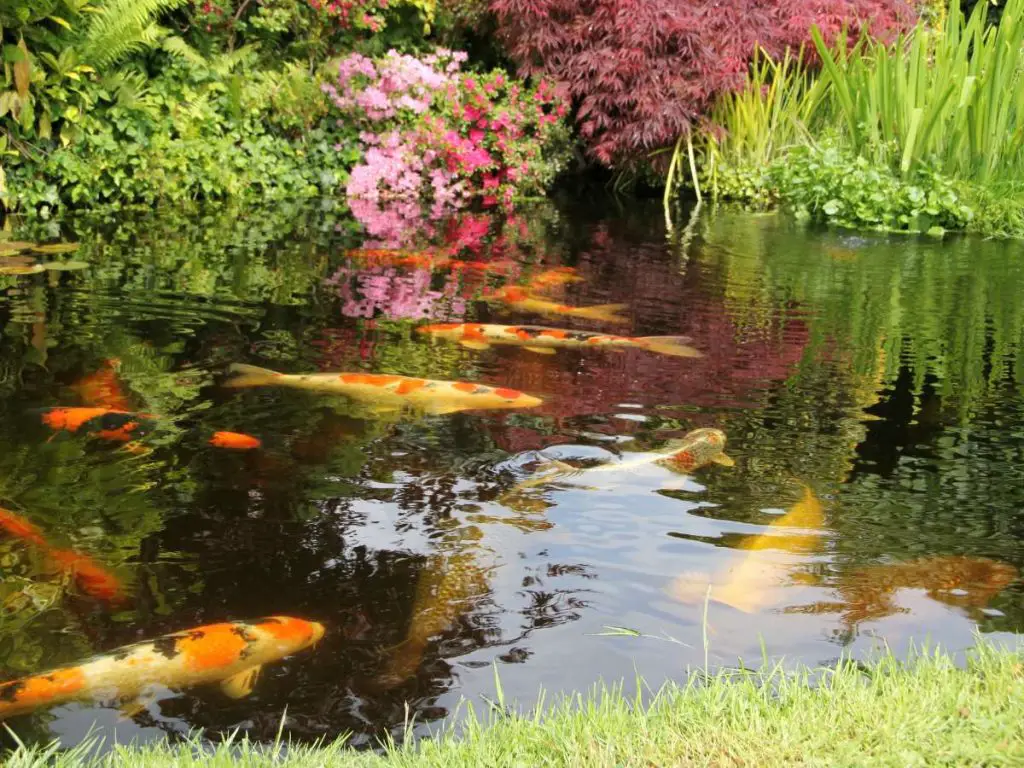
Be Proactive Against Fish Flukes
So there you have it – a comprehensive guide on effectively treating koi flukes. We’ve covered everything from understanding what koi flukes are to identifying them and determining the best treatment options. Now, let’s summarize the main points discussed:
- Koi flukes are parasitic flatworms that can cause various physical and behavioral symptoms in koi fish.
- Identifying koi flukes can be tricky, but there are key characteristics that can help differentiate them from other fish parasites.
- When it comes to treatment, natural remedies can be effective, and we’ve provided a step-by-step guide along with recommended dosage guidelines.
- We’ve also discussed the best treatment options available, comparing their pros and cons to help you make an informed decision.
- Prevention is always better than cure, and we’ve listed preventive measures and recommended water parameters to avoid koi fluke infestations.
- Lastly, we emphasized the importance of seeking professional advice when necessary and provided a list of reputable koi experts and veterinarians.
Remember, effectively treating koi flukes is crucial for the health and well-being of your koi fish. By following the information and guidelines provided in this article, you’ll be well-equipped to handle any koi fluke infestation that may arise. Good luck and happy pond keeping!
Related Questions
Can koi flukes be transmitted to other fish species?
Yes, koi flukes can be transmitted to other fish species. It is important to isolate any infected koi fish to prevent the spread of the parasites to other fish in the same pond or tank.
Are koi flukes harmful to humans?
No, koi flukes are not harmful to humans. They are specific parasites that only affect koi fish and other related species. However, it is still important to practice good hygiene and avoid direct contact with infected fish or their water to prevent any potential infections or irritations.


